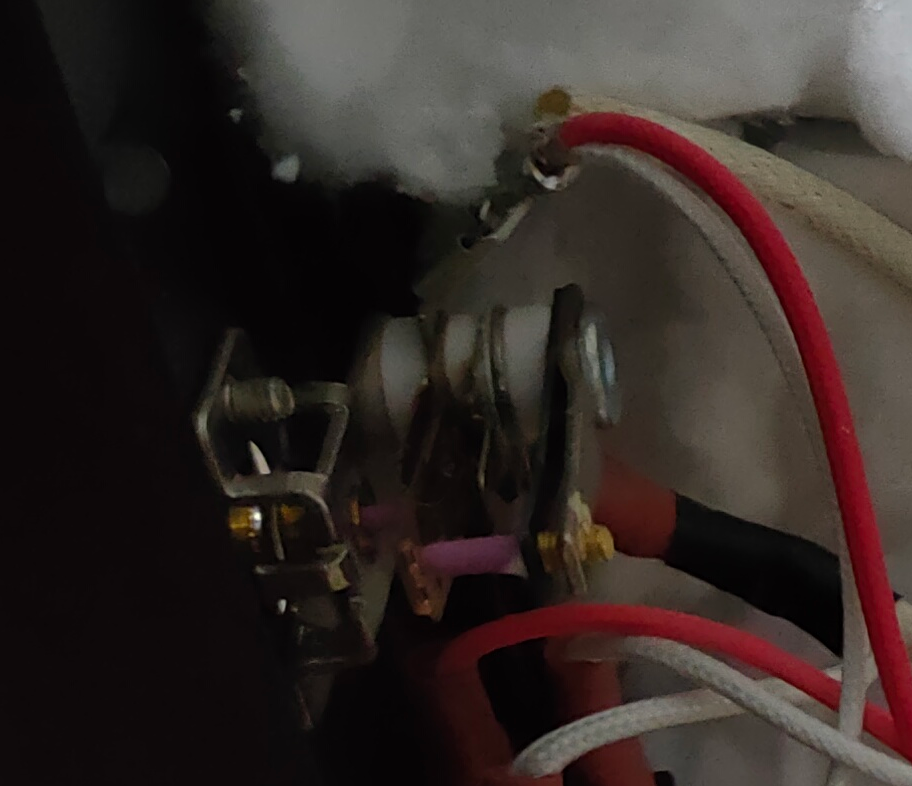So, I have recently taken to baking. YouTube recommended some videos that got me interested, and I decided to dive right in.
Everything went great until the actual baking part. My oven was simply not hot enough, it took me more than double the time recommended in the video, and the final result was not as good. During the baking, I could actually hear the thermostat shutting down the heaters, even at the maximum setting.
After trying to bake bread twice, I decided I would solve things my own way. I would take the oven apart, and bypass the thermostat. For those unfamiliar, this kind of simple device has a small mechanical switch that relies on thermal expansion to close or open a circuit, the thermostat, which then turns the heater on or off. If I bypass it, the oven will never turn off due to temperature. This is the culprit:

After taking the oven apart however, I decided to put a little bit more work to it. To avoid giving my mom a heart attack over my safety, I decided to include a little switch to enable pizza/inferno mode. Just a small hole on the front panel, some wiring with special high temperature wires, and we are done. The connections itself are real simple, just wired it so that electricity could flow through the switch while turned on instead of the temperature sensitive component, just remember to use both connections of the switch so the circuit has less resistance, and avoid overheating problems(I'm glad I bought more than one switch)



While working on the switch though, I noticed that many that there wasn't much thermal isolation happening there. The actual heated chamber was exposed to be ventilated in some sides, and the other ones had just another sheet of metal, air could flow freely. Well, to increase the heat inside the oven, I can either increase the heat going in, or prevent heat from going out. I already increased the heat going in by never letting the oven shut down, so I decided to also isolate it better to keep heat in. I learned that home-made foundries used to melt metals use some kind of ceramic cloth that withstands crazy high temperatures and has good thermal isolation, so I bought some, and wrapped the whole oven with the stuff. I like to think my oven is now built as an actual blacksmith's forge.




In the end, you can't even tell that this oven has been tinkered with, and there is absolutely no way it is not hotter. I'm pretty proud of the result, even if it was a simple project overall:

So, how about the test run? Well... Let's say the oven worked a little too well... It heated enough to melt the new switch, and now inferno/pizza mode is always enabled until I disassemble it again to change the switch for a more resilient one. As for the bread... Before the hacking, my bread took double the expected time to complete. After the hacks, at about half the time, the bread was burning... I should have just turned off the top heater, but having the bread cook so quickly brings it's own set of problems that I will practice how to solve later...


